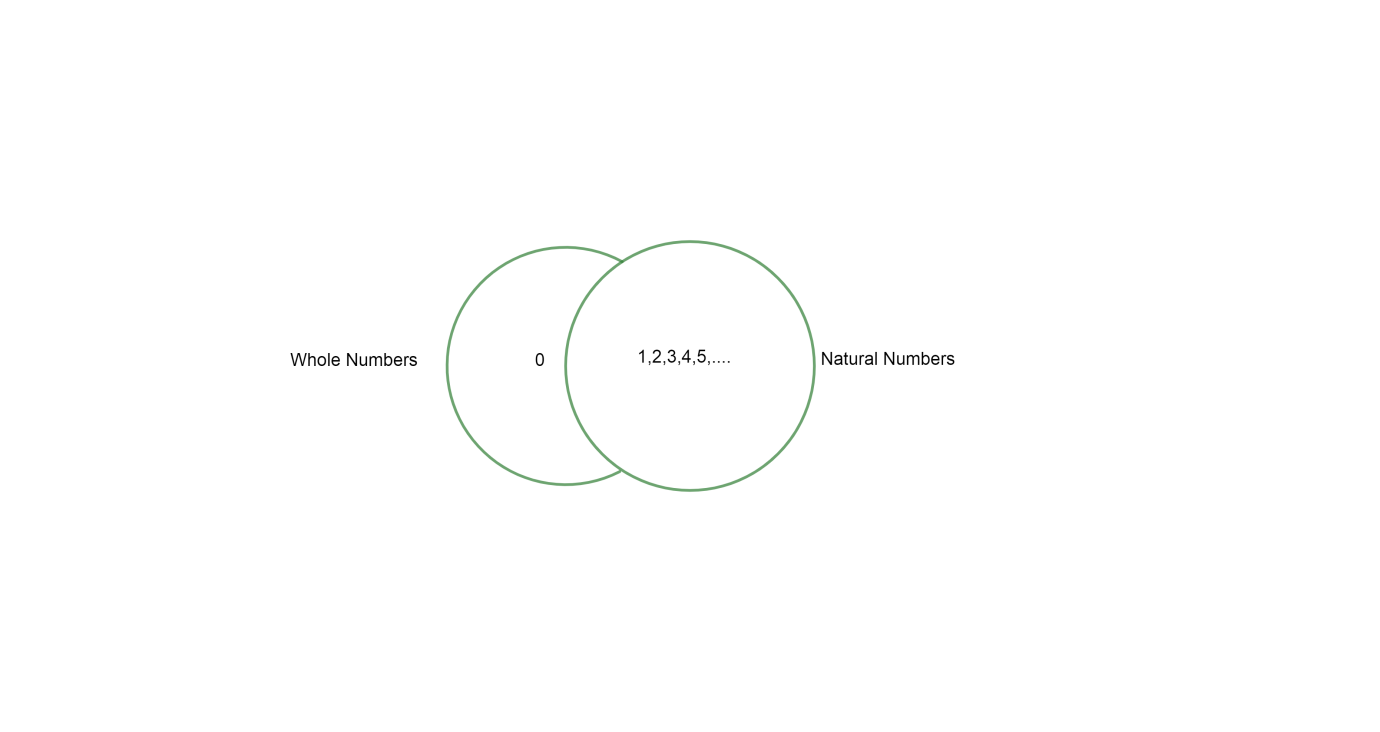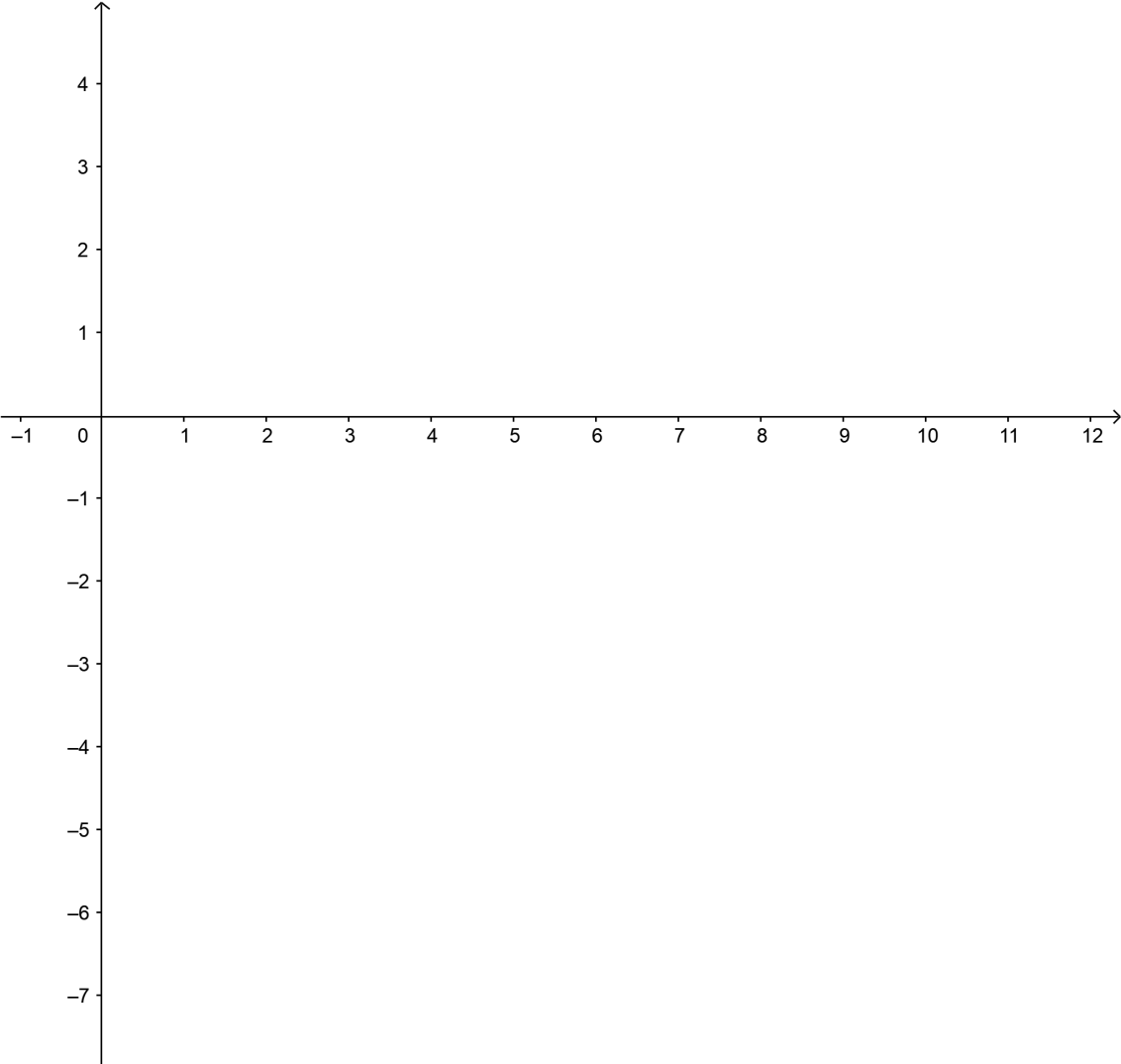
Define what a natural number is.
Answer
567.3k+ views
Hint: We will start with first defining the natural numbers and then give an example for the same and we will also mention what all is excluded. We will write down how natural numbers are represented in the form of sets. After that we will write down the difference between the whole number and a natural number. Finally, we will decide how natural numbers are shown on a natural number.
Complete step-by-step answer:
Natural numbers are a part of the number system which includes all the positive integers from 1 till infinity and are also used for counting purposes although it does not include zero. So, natural numbers are a part of real numbers, that include only the positive integers i.e. 1, 2, 3, 4,5,6, ………. excluding zero, fractions, decimals and negative numbers.
The set of natural numbers is represented by the letter N, where:
N={1,2,3,4,5,6,....}
Now, let’s see the difference between the natural numbers and whole numbers. So, the major difference between natural and whole numbers is that natural number doesn’t include 0 whereas whole numbers include 0 too:

Now, let’s see how the natural numbers are represented on the natural numbers:

So, this is how the natural numbers are defined.
Note: Remember that natural numbers are always closed under addition and multiplication. The addition and multiplication of two or more natural numbers will always yield a natural number. In the case of subtraction and division, natural numbers do not obey closure property, which means subtracting or dividing two natural numbers might not give a natural number as a result.
Complete step-by-step answer:
Natural numbers are a part of the number system which includes all the positive integers from 1 till infinity and are also used for counting purposes although it does not include zero. So, natural numbers are a part of real numbers, that include only the positive integers i.e. 1, 2, 3, 4,5,6, ………. excluding zero, fractions, decimals and negative numbers.
The set of natural numbers is represented by the letter N, where:
N={1,2,3,4,5,6,....}
Now, let’s see the difference between the natural numbers and whole numbers. So, the major difference between natural and whole numbers is that natural number doesn’t include 0 whereas whole numbers include 0 too:

Now, let’s see how the natural numbers are represented on the natural numbers:

So, this is how the natural numbers are defined.
Note: Remember that natural numbers are always closed under addition and multiplication. The addition and multiplication of two or more natural numbers will always yield a natural number. In the case of subtraction and division, natural numbers do not obey closure property, which means subtracting or dividing two natural numbers might not give a natural number as a result.
Recently Updated Pages
You are awaiting your class 10th results Meanwhile class 7 english CBSE

Master Class 7 Social Science: Engaging Questions & Answers for Success

Master Class 7 Science: Engaging Questions & Answers for Success

Class 7 Question and Answer - Your Ultimate Solutions Guide

Master Class 7 English: Engaging Questions & Answers for Success

Master Class 7 Maths: Engaging Questions & Answers for Success

Trending doubts
Full Form of IASDMIPSIFSIRSPOLICE class 7 social science CBSE

Convert 200 Million dollars in rupees class 7 maths CBSE

i What trees does Mr Wonka mention Which tree does class 7 english CBSE

What are the controls affecting the climate of Ind class 7 social science CBSE

Write a letter to the editor of the national daily class 7 english CBSE

Welcome speech for Christmas day celebration class 7 english CBSE





